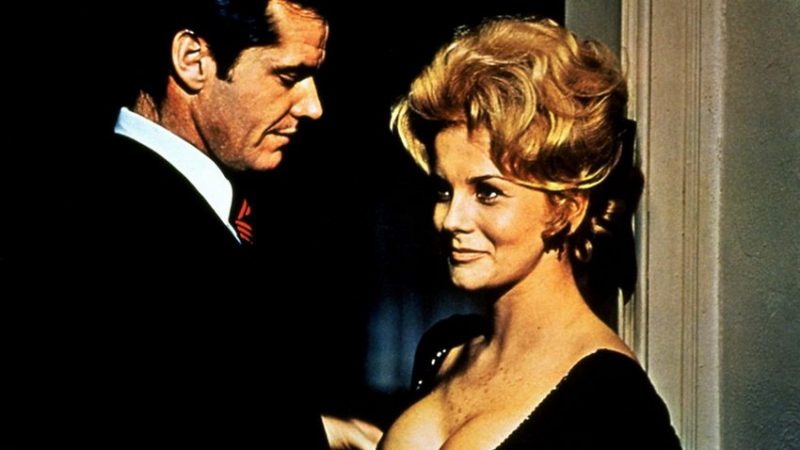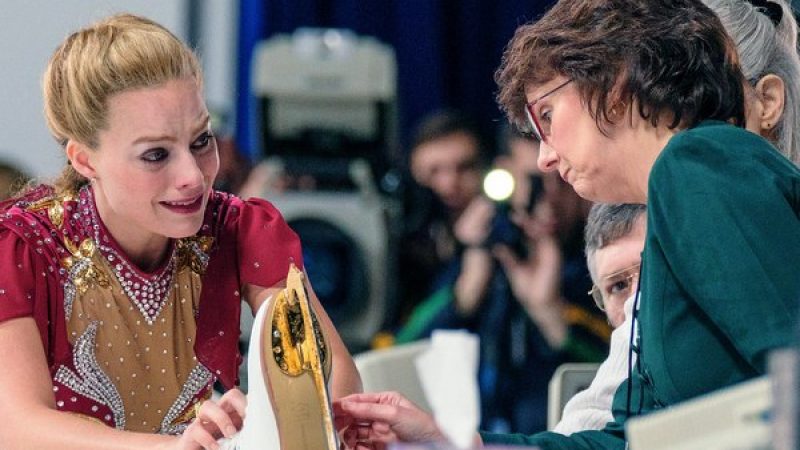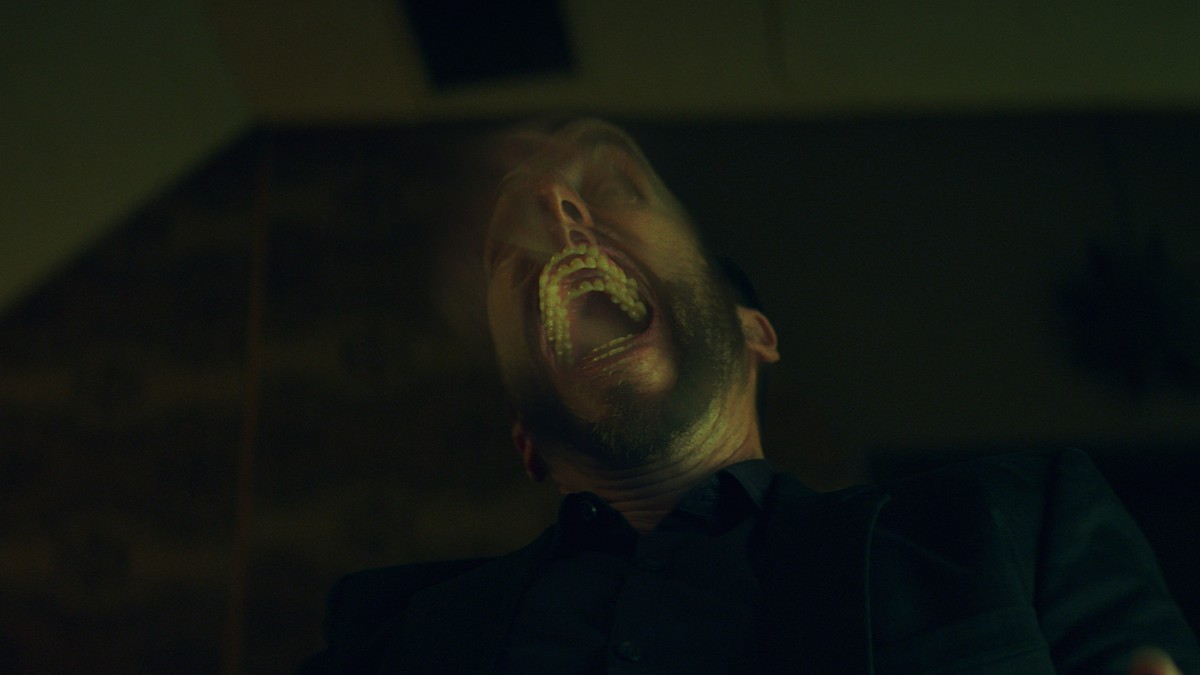
* * * * by Peter Nichols
George Lucas once said that sound is half of the picture, while that saying holds sway among 1970s cinema, it has taken a much more intimate or wholesome approach in Electromagnetic Review. Andrew Marks predicates his short film design or construction (proof of concept for its feature) entirely on sound, not half of it. Prior to Lucas, 1940s cinema felt audio restricted the camera, making it more static than fluid. Andrew instead draws on his decades-long experience as a visual effect artist on Star Wars Franchise, and build the dramatic construction of Electromagnetic entirely on soundscapes. Our review is we see sound as a premise for dramatic story construction for Electromagnetic.
Synopsis
Stanley (Bodhi Elfman) has become unstrung trying to contact his elusive colleague Tomas (Jose Zúñiga). Fearing the worst, Stanley and his girlfriend, Alexa (Kate Simmons), visit Tomas’ house to check on him. While settling in, Tomas insists that Stanley join him in the deep recesses of the house to listen to a mysterious Gold Reel. As Stanley takes in the soundscapes he slips into a terrifying hallucinatory state. Back in the living room, Alexa has a confrontation with Tomas’ wife, Zoe (Sarah-Jayne Bedford) who reveals the true nature of the recordings on the Gold Reel. The events collide into a peak intensity as Alexa tries to rescue Stanley before it’s too late.
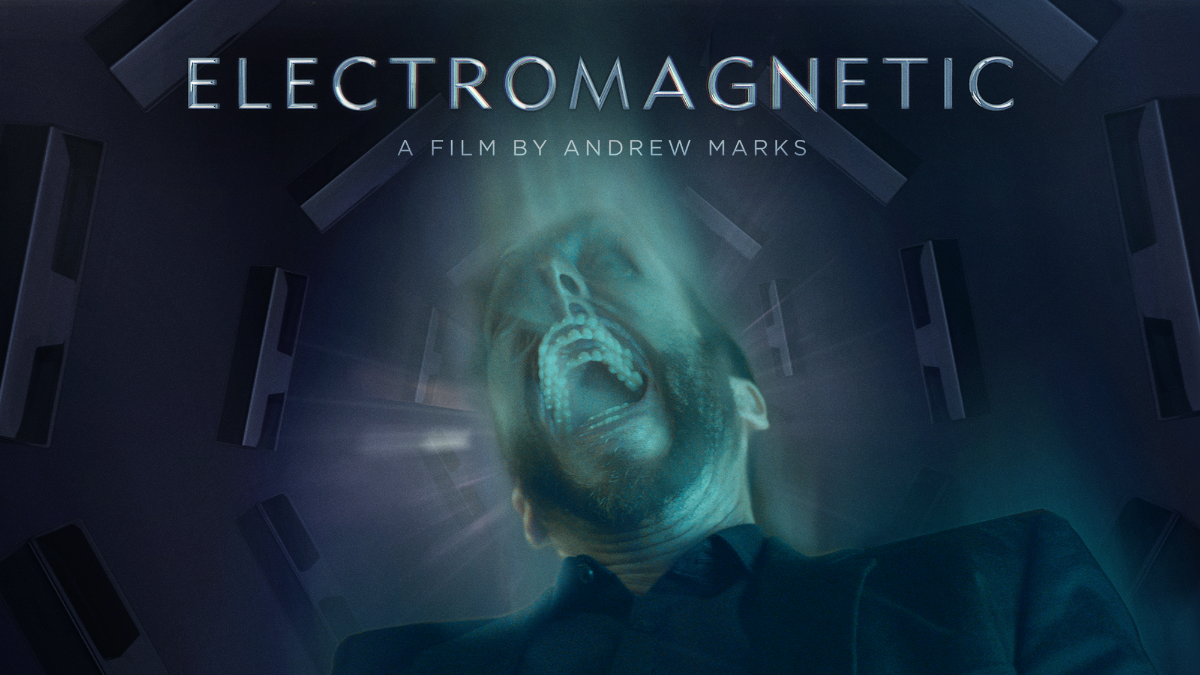
Electromagnetic Review
“Marks Films” fades out into a “Backmasked” voice over before we see Tomas (editor) working at his console, busting controls, levelling up sound waves, tweaking his brain on a film project, he is creepy may be tired, but more like obsessed by the audio output from a golden reel (which looks out of place). The tone of the movie is set up by the backmasked whisper-like, conversation or maybe monologue, it’s kind of an unclear, nearly vague, but identifiable male voice and Tomas is reeling inside of it. You get the subtle bending feeling of a crime thriller, unwrapping, but this is actually a horror narrative, you’ll have to wait for it.
Watch ELECTROMAGNETIC on YouTube
We cut into a White Convertible 1967 Buick Electra 225 (limited edition, I think, but I can’t be sure, Andrew’s VFX skills might have ripped off the Buick insignia on the hood neatly or I may be mistaken it was there in the first place) driven by a Stanley returning from the awards with Alexa, who is shoulder-close and peering deep into his eyes as he steals glances at her beautiful face. Stanley pulls the Buick into Tomas’ dwarfed driveway and exits the car with Alexa tugging lovenly at his right arm, a satisfying smile lit up her face. Keep track of Alexa’s mood, because her performance led us into the possible danger Stanley was about to discover.

Make no mistake about the image or picture, it is actually bending. It crept in too quickly I didn’t notice, but I thought time-shifted, or bent, the moment we cut to the shot of Stanley, and Alexa, it read like a memory from Tomas, then again would Tomas be thinking or expecting a couple in a Buick? Andrew Marks didn’t only set out to make, bend or blend multiple genres, but he is bending “time-frame” within the film (t felt like that). Up until this moment, we are promised a thriller. With Tomas’ face at the front door, a gentle welcome, “the subjective camera”, which calls out attention, and ticked off a dramatic shift. “Tomas creepiness at the controls”, “the backmasking”, “the weird sound” culminated into an “I am watching a creepy guy”, but his house is cool, so Andrew drops us into a conversation of conflict between the men; Stanley is clearly pissed, but calm yet eager to pounce on Tomas for screwing with his directors cut deadline.
They disappear into Tomas’ editing suite, leaving Alexa behind to soal up the loneliness in the living room. Every transition in the film is a direct cut, but it is lead by the weird and vague back-masked voice or narration. It is now amplified with Stanley burrowing into the world of the sound from the golden reel, as Alexa pours a drink. The horror in the movie is now revealed, with the sound reaching its peak, controlling Stanley, and the confrontation from Zoe, who pops into the movie without any warning. She is unapologetic, stealth, and deliberate. Her muted countenance unpainted, darkened face, and black nightgown add to the subtle horror emitting from the backmasked narration which has now filled the house.
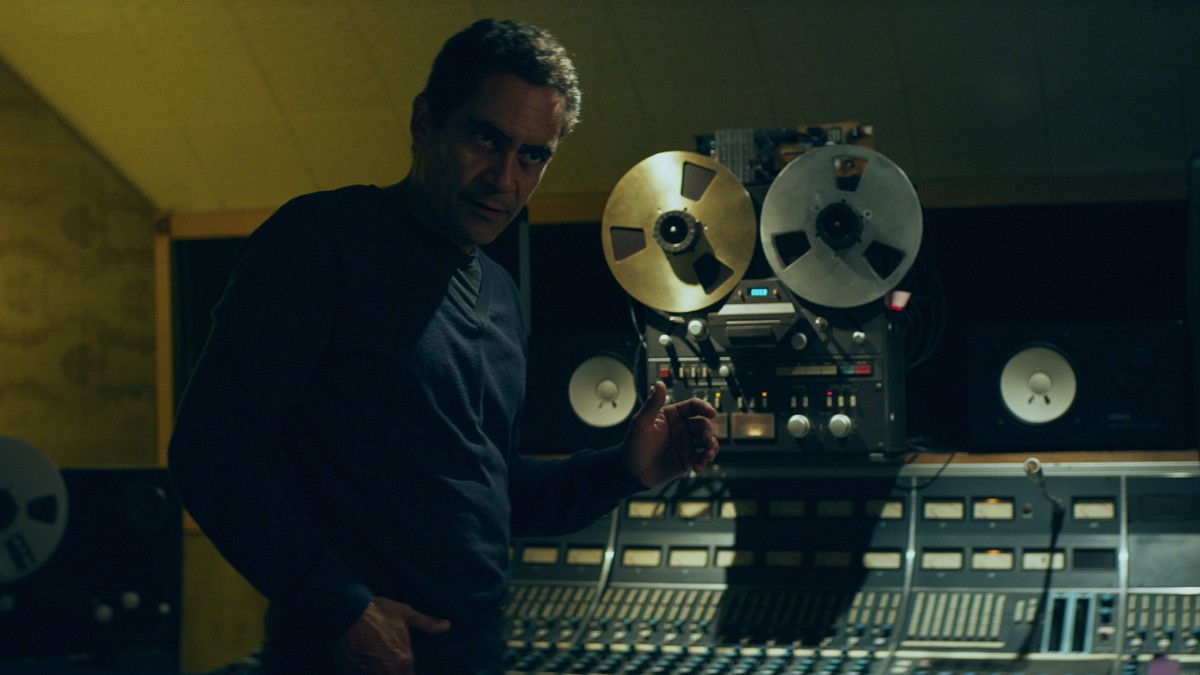
By now Stanley isn’t the yelling director asking for his directors cut from Tomas, nope, he is lost in the multiple soundscapes, he can’t imagine nor can he control. He is locked in a hallucination, he can’t get out, screaming, and yelling at times, staring blankly like a corpse. Andrew Marks tosses in a quick succession of imagery-sound creatively dramatizing Stanley’s mental image experience induced by the sound waves from the golden reel. Stanley is our protagonist, and we are now reeling from the audio imagery (at some point the imagery is heightened and directly proportional to Stanleys auditory experience) what he is feeling, how confusing it is and hoping for it to stop.
Zoe personifies the horror we were promised. She connects the sounds or recordings to the horror. She is the horror. At this point in the movie, Andrew crafts the performance to drive the story forward, you can feel the dense fear, the dark heaviness, as Zoe moves, slipping through doors like a walking dead, but insisting rather forcefully, and firmly for Alexa to leave Stanley inside the horror he is experiencing. Andrew induces his understanding of the language of cinema when he scares the actors by using the subjective camera, giving the audience a jolt. Clearly, Tomas and Zoe have had their fair share of the recordings, and its hypnotic effect is controlling both Tomas and Zoe to drag Stanley and Alexa into it. Alexa of course stays out of the experience and at her persistence Stanley jolts awake pulling the golden reel, and It is a re-sounding house of horrors for the next few screen minutes. We are blanketed inside this soundscape of voices, sounds, and distorted narration.
Our questions are the same as Stanley’s. Is this real? What is this hallucination anyway? Why the intensity? Get this thing to stop haunting me? It is annoying, deafening, disturbing and horrifying. You’ll have to watch the film to see if Stanley and Alexa are able to escape the electromagnetic powers of the Gold Reel.
Electromagnetic Review Conclusion:
Electromagnetic is clever, disturbing, horrifying yet entertaining. It is a smartly constructed narrative, that bases its expression on the language of cinema, without some help from the dialogue. Electromagnetic engulfs you in its haunting soundscapes, which is not half the picture, but the whole picture. I want to see it in 70mm, on an iMax screen, you know get enraptured in the movie.
- Director: Andrew Marks
- Starring: Bodhi Elfman (Stanley), Jose Zuniga (Tomas), Kate Simmons (Alexa), and Sarah-Jayne Bedford (Zoe)
- Release date: April 9th (Gunpowder & Sky – ALTER on YouTube)
Tell us what you think of Electromagnetic Review. What do you think of it? What ideas did you get? Do you have any suggestions? Or did it help you? Let’s have your comments below and/or on Facebook or Instagram! Or join me on Twitter.
Follow Andrew Marks on social media
Website
MORE STORIES FOR YOU
Thelma Adams: Why Tyler Perry Earns the Title of Hollywood’s Last Auteur
Tyler Perry is the critical elephant in the room as Hollywood elites discuss diversity.
Thelma Adams: Mike Nichols Had ‘Carnal Knowledge’
When Carnal Knowledge (Mike Nichols) came out in 1971, I was twelve. The name sent shivers up my spine.
Movie Review: I, Tonya. Victoria Alexander
REVIEW: Film Critic Victoria Alexander
Movie Review: Star Wars: The Last Jedi. Victoria Alexander
REVIEW: Film Critic Victoria Alexander



